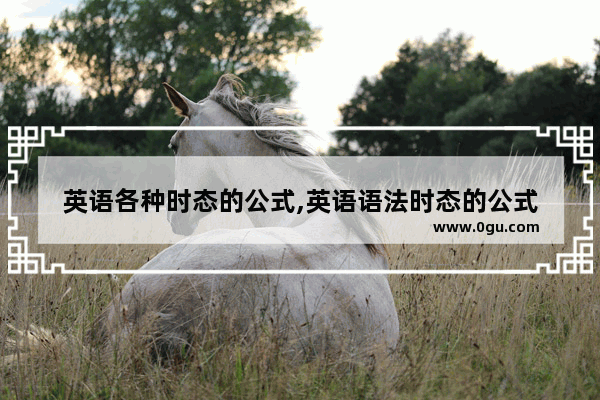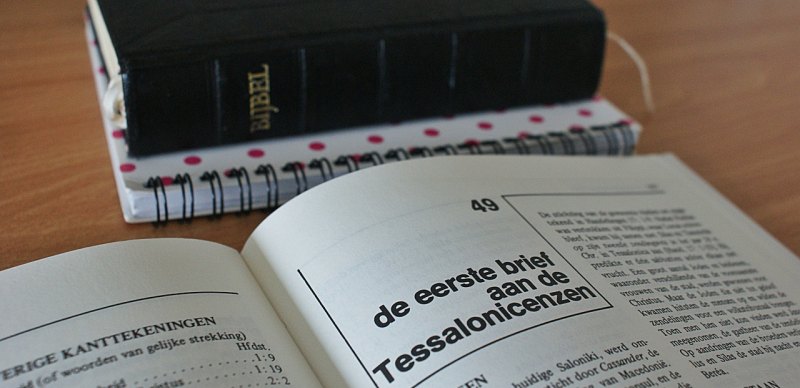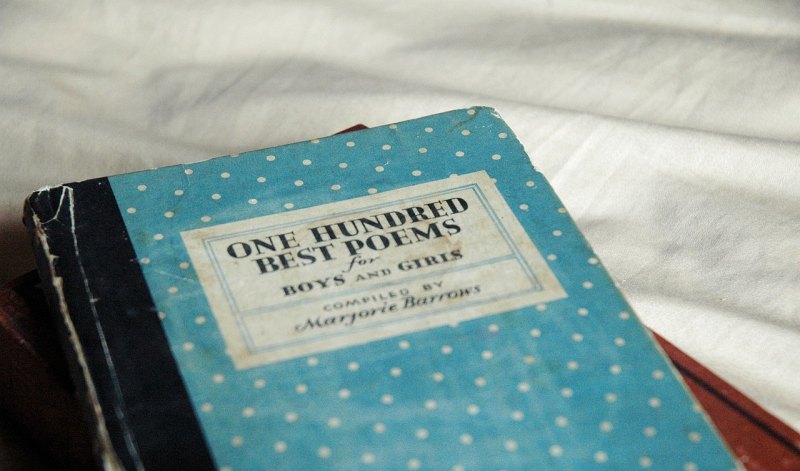
英语的八种时态的公式?
一般现在时is/am/are+done;
现在进行时is/am/are+being+done;
一般将来时will/shall be+done;
现在完成时have/has been+done;
一般过去时was/were+done;
过去进行时was/were+doing+done;
过去将来时would be+done;
过去完成时had been+done。
一、一般现在时
概念:经常、反复发生的动作或行为及现在的某种状况。
时间状语: always, usually, often, sometimes, every week (day, year, month…), once a week, on Sundays, etc.
基本结构:①be动词;②行为动词
否定形式:①am/is/are+not; ②此时态的谓语动词若为行为动词,则在其前加don't,如主语为第三人称单数,则用doesn't,同时还原行为动词。
一般疑问句:①把be动词放于句首;②用助动词do提问,如主语为第三人称单数,则用does,同时,还原行为动词。
二、一般过去时
概念:过去某个时间里发生的动作或状态;过去习惯性、经常性的动作、行为。
时间状语:ago, yesterday, the day before yesterday, last week(year, night, month…), in 1989, just now, at the age of 5, one day, long long ago, once upon a time, etc.
英语各种时态的公式?
英语中的时态有很多,它们通过动词的变化来表示不同的时间。以下是英语中一些主要时态的公式:
1. 一般现在时 (Present Simple):
- 肯定句:主语 + 动词原形 (第三人称单数形式: 主语 + 动词的s/es/ies形式)
- 否定句:主语 + don't/doesn't + 动词原形 (第三人称单数形式: 主语 + doesn't + 动词的s形式)
- 一般疑问句:Do/Does + 主语 + 动词原形?
例子:
- 肯定句:He goes to school.
- 否定句:He doesn't go to school.
- 一般疑问句:Does he go to school?
2. 一般过去时 (Past Simple):
- 肯定句:主语 + 动词的过去式 (使用-ed或特殊的不规则变化)
- 否定句:主语 + didn't + 动词原形
- 一般疑问句:Did + 主语 + 动词原形?
例子:
- 肯定句:He went to school.
- 否定句:He didn't go to school.
- 一般疑问句:Did he go to school?
3. 现在进行时 (Present Continuous):
- 肯定句:主语 + be (am/is/are) + 动词-ing形式
- 否定句:主语 + am/is/are + not + 动词-ing形式
到此,以上就是小编对于英语语法时态的公式的问题就介绍到这了,希望介绍关于英语语法时态的公式的2点解答对大家有用。
















